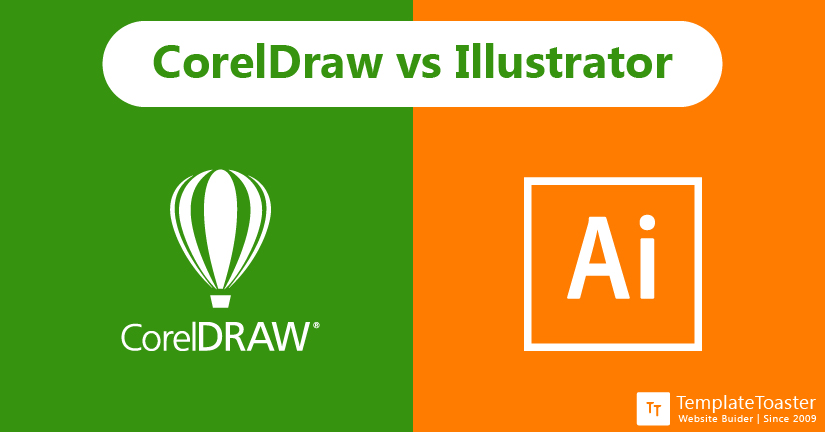

memory muscle and all that) have been carved out of code. Your team has not seen daylight for years getting bootstrap funding to stretch whilst basic Pen Tool clones (all the exploratory research in Starbucks has indicated a 30 years old paradigm should be maintained. You have made a very robust plan to create a new vector creative package that you hope will be taken seriously by designers, UI/UX creatives, packaging, animators, and a whole wealth of over vertical markets you identified.
#Affinity designer vs coreldraw software#
There are exceptions with some developers creating their own renderers, software chassis and vector control from the ground-up just as Adobe was forced to with Illustrator some 30 years ago. This allows developers to take advantage of vector rendering, Bézier path creation and more in a near-instant. give entry-level vector functionality out of the box. The partial reason that so many tools have appeared in recent times is that the toolkits for macOS, iOS, Windows, Android, web frameworks, etc. You see, getting basic vector shapes to appear is one thing, but making them dance to the designer's tune with intuitive tools based on thoroughly developed underlying vector handling technology is a completely different level. Unfortunately history is showing that it's not quite as simple as that.
#Affinity designer vs coreldraw full#
Just draw straight lines and curves, give them a fill and border colour, scale up and down at full quality with a look of distinct smugness. Vector artwork can initially seem like a simple idea. And here's why, from the founder of a company who sells tools primarily for the besieged Adobe Illustrator.

A has-been competitor who had its time and lost? Sorry, but not even close. So, why is the latest news - the return of CorelDRAW to macOS after 18 years - important? Surely it's a product of a by-gone era. All fresh, new products developed in recent years to break down the long-lost monopoly of Adobe Illustrator since the Julius Caesar-like demise of Freehand (RIP).


 0 kommentar(er)
0 kommentar(er)
